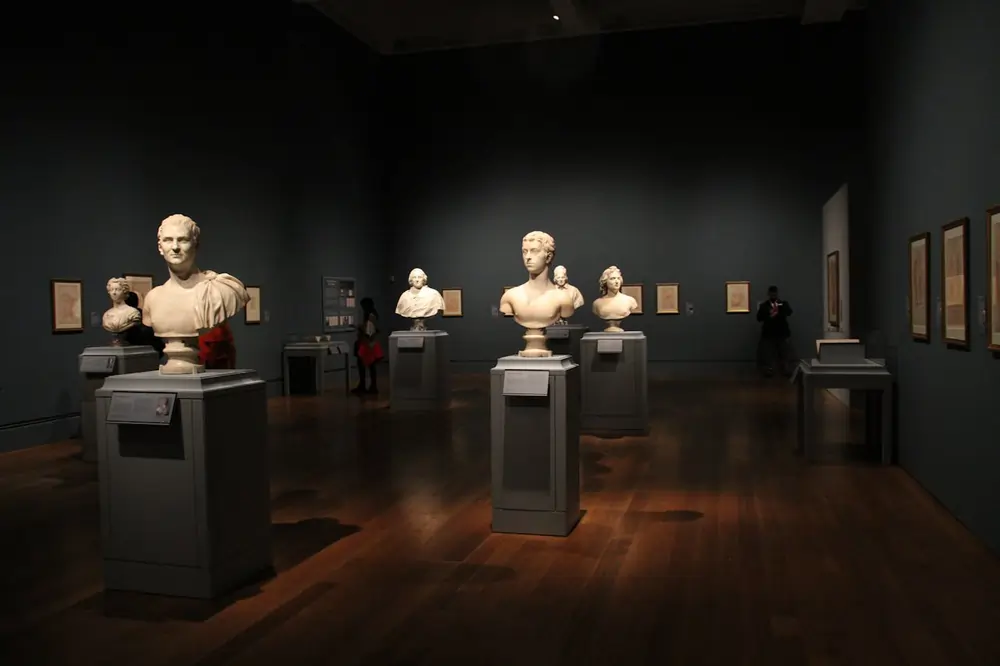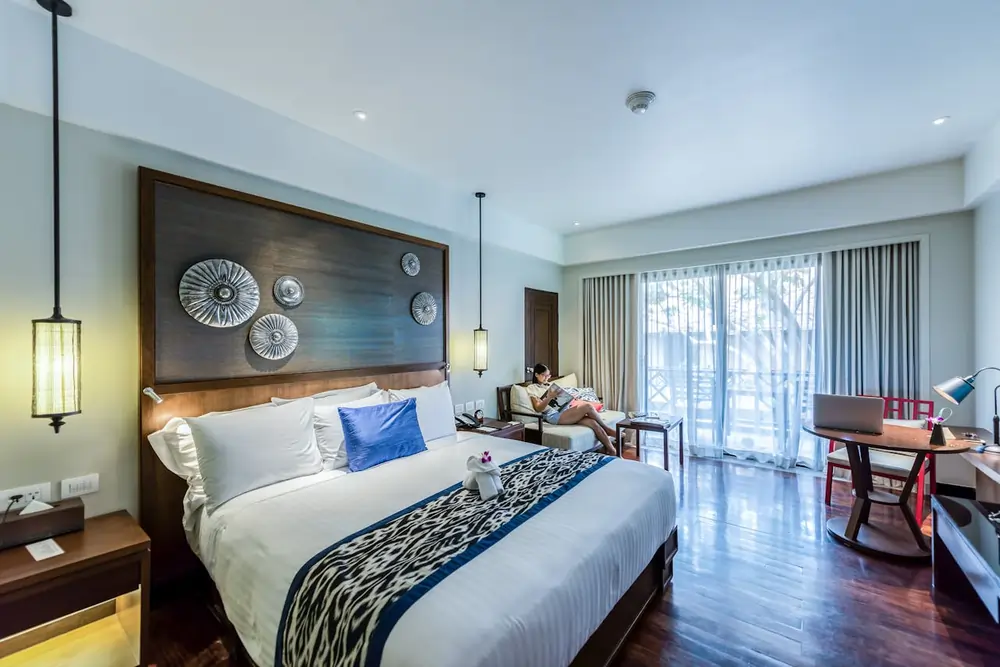Are you tired of dull, lifeless interiors? Do you long for a space that exudes sophistication and charm? Look no further than the Art Deco design movement of the 1920s. This article will guide you through the world of 1920s interior design, revealing how to transform your home into a haven of vintage elegance.
Art Deco Interior Design 1920
Step into the glamorous world of the 1920s with Art Deco interior design! This iconic style, born from the roaring twenties, remains a symbol of sophistication and luxury. Imagine geometric patterns, rich materials, and bold colors—Art Deco is all about making a statement. In this article, we’ll delve into the origins of Art Deco, its defining characteristics, and how you can bring a touch of this vintage elegance into your modern home. Get ready to be inspired by the opulence of a bygone era!
The Origins of Art Deco Design
Back in the 1920s and 1930s, art deco emerged as a stylish response to the intricate designs of art nouveau. This era, held in Paris, saw interior designers embracing bold colors and simple lines to craft an art deco aesthetic that’s still celebrated today.
The history of art deco is rich with deco elements like jewel tone palettes and streamlined design. These key characteristics of art deco brought an air of sophistication to architecture and design during the early 20th century. An art deco room often featured tones like emerald green and sapphire blue.
In the world of art deco, the elegance of art deco was unmistakable, with art deco interiors often showcasing luxurious materials and geometric patterns. Whether you’re looking to incorporate deco decor into your home or simply appreciate its beauty, the timeless elegance of art deco continues to influence modern interior design.
Today, modern interpretations of art deco pieces bring a touch of vintage glamour into home design. By blending art deco and art nouveau elements, you can create a unique interior style that pays homage to the art deco era while staying fresh and contemporary.
Historical Context: The Birth of a New Era

The Art Deco history began in the aftermath of World War I. As the world emerged from the shadows of conflict, a new spirit of optimism took hold. The Jazz Age ushered in an era of prosperity and cultural revolution. This shift in mood set the stage for a design revolution that would captivate the world.
But what inspired this dramatic change in aesthetics?
Key Influences: A Melting Pot of Ideas
Art Deco style drew inspiration from various sources:
- Modernism: Clean lines and functional design
- Cubism: Bold geometric shapes and abstract forms
- Ancient Egypt: The discovery of Tutankhamun’s tomb in 1922 sparked a fascination with Egyptian motifs
This unique blend of influences created a style that was both forward-looking and richly decorative.
Notable Figures: The Pioneers of Art Deco
Several visionaries shaped the Art Deco movement:
- Jean Dunand: Master of lacquer work
- Émile-Jacques Ruhlmann: Renowned furniture designer
- René Lalique: Glassmaker extraordinaire
These artists and designers pushed the boundaries of craftsmanship, creating works that still inspire awe today.
Defining Characteristics of Art Deco Interior Design
When it comes to design ideas that are typical of art deco, think bold and glamorous. Art deco decor is all about sleek lines, geometric shapes, and rich colors. Art deco elements like mirrored surfaces and chrome finishes add that extra touch of luxury. Art deco is characterized by its combination of traditional and modern elements, making it a timeless style that originated in the 1920s and ’30s.
A quintessential example of art deco would be the Chrysler Building in New York—total dramatic art! Think jewel tones like emerald green and sapphire blue, which really capture the essence of art deco interior. The style of art is all about creating an art deco ambiance that feels both luxurious and modern.
Born from the art nouveau movement, this art and design style was showcased in the international exhibition of modern decorative and industrial arts in Paris, 1925. Art deco luxury is about blending opulence with functionality. Whether you’re into modern renditions or love the classic look, art deco remains a favorite for those who appreciate a striking design and modern style.
Geometric Patterns: The Heart of Art Deco
At the core of Art Deco design elements lie bold geometric patterns. Zigzags, chevrons, and sunbursts dominate walls, floors, and furnishings. These patterns create a sense of energy and movement, making spaces feel alive and dynamic.
Luxurious Materials: Opulence in Every Detail

Art Deco interiors are characterized by the use of luxurious materials:
- Chrome: Sleek and modern
- Glass: From mirrors to decorative panels
- Exotic woods: Ebony, mahogany, and zebrawood
These materials combine to create an atmosphere of opulent interiors that exude wealth and sophistication.
Color Schemes: Bold and Beautiful
The Art Deco color schemes are anything but subtle:
- Deep blues
- Emerald greens
- Ruby reds
- Gold and silver accents
These rich hues create a sense of drama and luxury in any space.
Furnishings and Fixtures: Form Meets Function
Art Deco furnishings are characterized by:
- Sleek, streamlined forms
- Curved edges
- Expensive materials like ivory and shagreen
Art Deco fixtures, particularly lighting, often feature geometric shapes and materials like frosted glass and chrome.
Iconic Art Deco Interiors from the 1920s
Man, those Iconic Art Deco Interiors from the 1920s are something else! Back then, they really knew how to make a room pop with those interior design trends. Everything was all about sleek lines and bold colors, totally part of the art deco vibe. If you ask me, sticking to those art deco principles can still make any space look super stylish today!
Famous Examples: Timeless Beauty
Several iconic Art Deco buildings still stand as testaments to the style’s enduring appeal:
- The Ritz Paris: A masterclass in luxury and elegance
- Chrysler Building interiors: The epitome of Art Deco architecture
These spaces continue to inspire designers and homeowners alike.
Architectural Features: More Than Just Decor

Art Deco architecture features go beyond surface decoration:
- Stepped forms
- Sunburst motifs
- Stylized flora and fauna
These elements are integral to the overall design, creating a cohesive and striking aesthetic.
Decorative Arts: The Devil in the Details
Art Deco style extends to every aspect of interior design:
- Sculptures with clean, geometric lines
- Murals depicting stylized scenes
- Lighting fixtures that double as works of art
These decorative elements add depth and interest to Art Deco interiors.
How to Incorporate Art Deco Style into Modern Interiors
Want to make the room pop with some Art Deco flair? Start with bold geometric patterns and rich colors. Throw in some shiny metallic accents and sleek, mirrored furniture. Don’t forget those glamorous light fixtures! Mix it all up with modern pieces for a fresh, stylish vibe.
Key Elements to Include: Bringing the Past to Life
To create a modern Art Deco space:
- Incorporate geometric patterns in wallpaper or textiles
- Use luxurious materials like velvet and marble
- Add metallic accents for a touch of glamour
Remember, less is often more when it comes to Art Deco in modern homes.
Balancing Vintage and Modern: The Best of Both Worlds
Mixing Art Deco style features with contemporary pieces can create a unique and personalized space:
- Pair a vintage Art Deco furniture piece with modern art
- Use Art Deco lighting fixtures in an otherwise contemporary room
- Incorporate Art Deco patterns in small doses, like throw pillows or area rugs
DIY Projects: Affordable Art Deco
You don’t need a huge budget to add Art Deco style to your home:
- Use gold leaf to create geometric patterns on plain furniture
- Install a sunburst mirror as a focal point
- Paint an accent wall in a bold Art Deco-inspired color
These simple projects can help you achieve the Art Deco look without breaking the bank.
The Art Deco interior design style of the 1920s continues to captivate and inspire. Its bold patterns, luxurious materials, and striking colors offer a timeless elegance that can transform any space. By incorporating key Art Deco design elements into your home, you can create an environment that’s both stylish and uniquely yours.
Conclusion
Art Deco interior design from the 1920s is more than just a style; it’s a celebration of opulence and sophistication. Whether you’re redecorating a room or just looking for some stylish inspiration, incorporating elements of Art Deco can add a touch of timeless elegance to your space. Embrace the geometric patterns, luxurious materials, and rich colors that defined the era. Share your own Art Deco-inspired designs in the comments, and don’t forget to let your home reflect the grandeur of the roaring twenties!
Are you ready to embrace the glamour and sophistication of Art Deco? With the tips and insights provided in this article, you’re well on your way to creating a space that would make even the most discerning 1920s socialite green with envy. Remember, the key to successful Art Deco interior design is balance – mix vintage pieces with modern elements, use bold patterns judiciously, and don’t be afraid to experiment with color.
As you embark on your Art Deco journey, keep in mind that this style is more than just a design trend – it’s a celebration of progress, optimism, and the joy of living. So go ahead, add a touch of Art Deco to your home, and step into a world of timeless elegance and sophistication.
